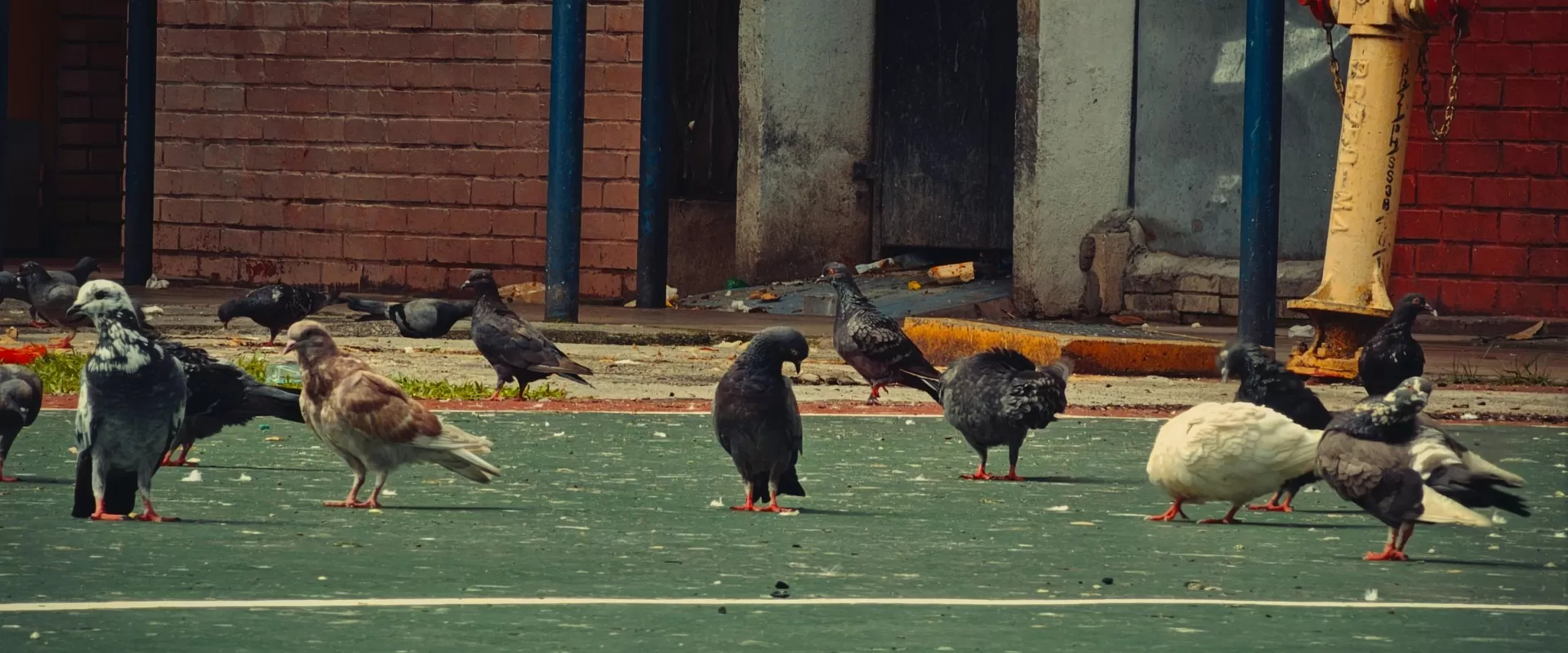The field of anthropology has always been a fascinating and ever-evolving discipline, constantly seeking to understand the complexities of the human experience. From cultural practices to societal structures, anthropologists have delved into a wide range of topics to shed light on our existence. However, there is one aspect of human existence that often gets overlooked – our relationship with the built environment. That is why the new anthropology course, “Space/Power/Species” is set to break new ground by looking at the built environment from an animal perspective.
The idea for this course was first sparked a few years ago when I came across the work of architect Joyce Hwang. Her research focused on the impact of human-built structures on animal habitats and how it affects their behavior and survival. This led me to delve deeper into the topic and I was amazed by the lack of attention given to this crucial aspect of our society.
As humans, we often view the built environment solely from our own perspective – as a means to fulfill our needs and desires. However, in doing so, we tend to overlook the impact it has on other living beings who share the same space as us. This course aims to shed light on this overlooked aspect and encourage students to see the built environment through a different lens.
The course, “Space/Power/Species” will explore the complex dynamic between humans, animals, and the built environment in a variety of contexts. From urban landscapes to rural settings, students will delve into the ways in which human-built structures have shaped and influenced the lives of animals. Through case studies and fieldwork, students will gain a deeper understanding of the intersection between space, power, and species.
One of the key aspects of this course is the emphasis on the power dynamics at play in the built environment. As humans, we hold a significant amount of power when it comes to shaping our surroundings. This power dynamic often leads to the displacement and disruption of animal habitats, resulting in negative consequences for their survival. By exploring this aspect, students will gain a deeper understanding of the impact of human actions on the natural world.
Moreover, the course will also highlight the resilience and adaptability of animals in the face of human interference. Despite the challenges posed by our built environment, many animal species have found ways to coexist and even thrive in urban and suburban areas. This provides a valuable opportunity for students to learn from these animals and understand the ways in which they navigate and adapt to their changing surroundings.
One of the most exciting aspects of this course is the interdisciplinary approach it takes. By bringing together elements of anthropology, architecture, and ecology, students will gain a well-rounded perspective on the topic. This interdisciplinary approach is crucial in understanding the complexity of the relationship between humans, animals, and the built environment.
Furthermore, this course also aims to challenge traditional notions of what constitutes as “nature” and “wilderness.” Often, we tend to view these spaces as separate from human-built environments. However, this course will encourage students to question these boundaries and see how humans and animals interact and shape each other’s environments.
In addition to the academic aspect, this course also offers students the opportunity to engage in hands-on fieldwork. By conducting research and observation in real-world settings, students will gain a deeper understanding of the issues at hand. This will also allow them to apply their knowledge and skills in a practical and meaningful way.
The “Space/Power/Species” course is a timely and relevant addition to the field of anthropology. In a world where human impact on the environment is becoming increasingly concerning, it is crucial to understand the complexities and consequences of our actions. This course not only offers a unique perspective on the built environment but also provides valuable insights that can inform our future actions.
In conclusion, the “Space/Power/Species” course is an exciting and thought-provoking addition to the field of anthropology. By looking at the built environment from an animal perspective, it challenges traditional notions and offers a fresh and interdisciplinary approach to understanding our relationship with the natural world. I am confident that this course will inspire students to think critically and creatively about the built environment and its impact on all living beings.

